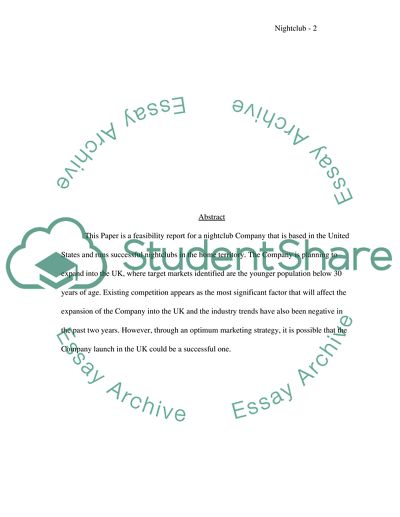Cite this document
(“The Marketing Strategy Project Research Paper Example | Topics and Well Written Essays - 4500 words”, n.d.)
The Marketing Strategy Project Research Paper Example | Topics and Well Written Essays - 4500 words. Retrieved from https://studentshare.org/marketing/1702890-the-marketing-strategy-project
The Marketing Strategy Project Research Paper Example | Topics and Well Written Essays - 4500 words. Retrieved from https://studentshare.org/marketing/1702890-the-marketing-strategy-project
(The Marketing Strategy Project Research Paper Example | Topics and Well Written Essays - 4500 Words)
The Marketing Strategy Project Research Paper Example | Topics and Well Written Essays - 4500 Words. https://studentshare.org/marketing/1702890-the-marketing-strategy-project.
The Marketing Strategy Project Research Paper Example | Topics and Well Written Essays - 4500 Words. https://studentshare.org/marketing/1702890-the-marketing-strategy-project.
“The Marketing Strategy Project Research Paper Example | Topics and Well Written Essays - 4500 Words”, n.d. https://studentshare.org/marketing/1702890-the-marketing-strategy-project.


